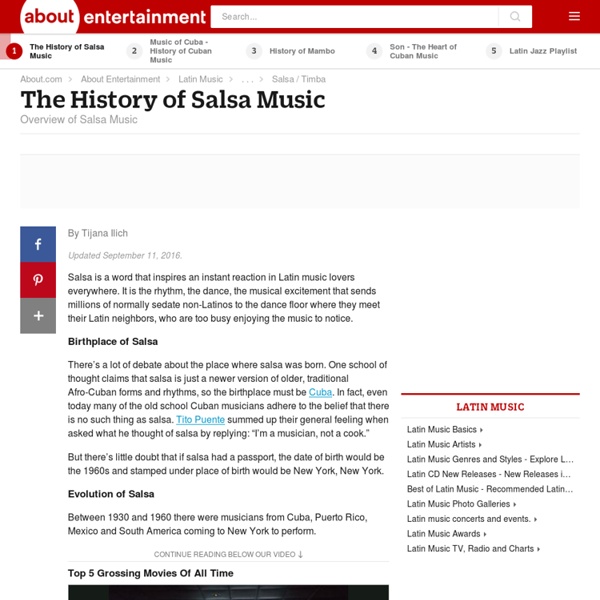Salsa - History and Overview of Salsa Music

Key Instruments in Salsa
Havel
Edward Havel Rhetoric of Reggae Research Paper Professor Alfred Snider (Tuna) Drums and Bass Guitar: The Foundation of Reggae Music Reggae is a style of music that needs a strong backbone and a strong driving force. The drums are one of the most important instruments in reggae music. The reggae drum set is essentially a compacted form of all African drum and percussion elements. ( This is Bob Marley and the Wailers playing a show. “Percussionist, Uziah "Sticky" Thompson keeps Ziggy's rhythm light and danceable” ( This is an example of what a percussion player’s set up may look like. Reggae drums have fairly flexible guidelines. Another style of drumming is called Rockers invented by drum and bass duo, Sly and Robbie. If you listen to variety of reggae songs, you will realize that the drums sound more or less the same. New bass guitar methods emerged with rock steady.
History of Reggae - The Reggaskas
Reggae is a term that was coined sometime close to 1960. Derived from rege-rege, a Jamaican phrase meaning “rags or ragged clothing,” it is used to denote a raggedy style of music that grew up in Jamaica around that time. Reggae is a genre of music that has its roots in a number of other musical styles. Reggae shares many characteristics with Ska, such as a walking bass line with guitar and piano off-beats, but Ska is faster paced and also tends to incorporates jazz-influenced horn riffs. Reggae music is recognisable thanks to its heavy backbeated rhythm. Early reggae music had lyrics consistent in theme with its predecessor, Rocksteady, with songs often focusing on topics such as love. Many of the words used in reggae songs are incomprehensible to US and UK English speakers, as they are taken from traditional Jamaican patois or refer to Rastafarian concepts – for example Jah, meaning God. Reggae began to rise to international acclaim as the 1970s progressed.
Types of Tex-Mex (Tejano)
Early Cajun Music
What is Baroque Pop?
Types of Native American Instruments
Indigenous music of North America
Traditions of Native American Music
Related:
Related:



